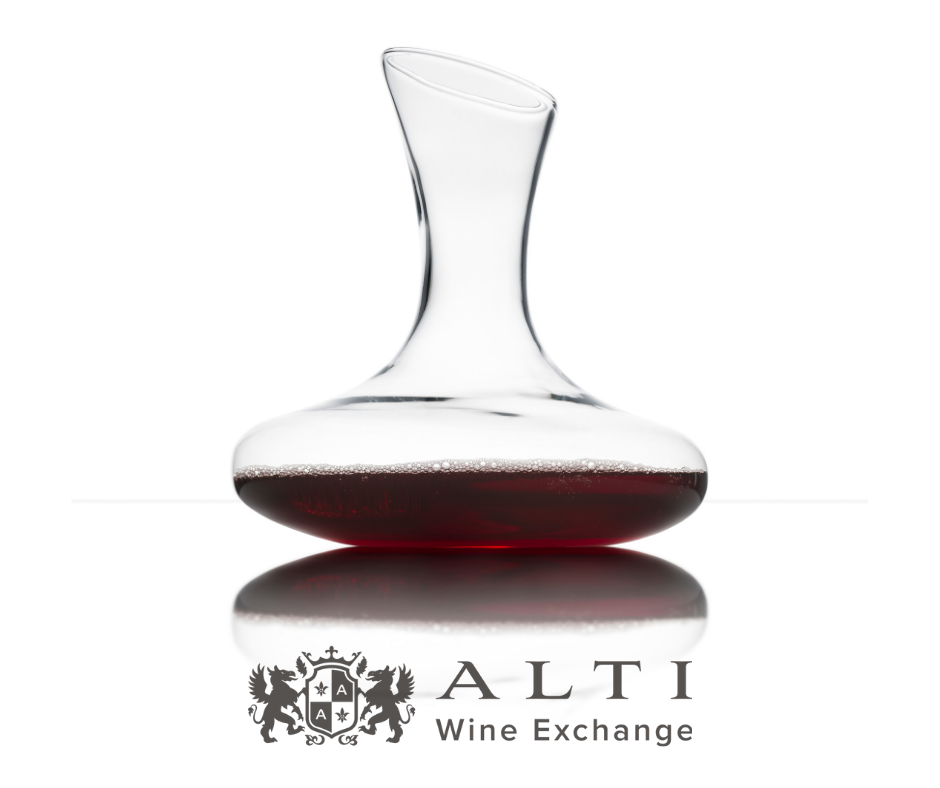DEAR READER,
It’s come to my attention that many of you are ill-informed, misinformed, and frankly, uninformed about how wine is to be consumed. Were I only a wine enthusiast, it would be wholly dispiriting. But—wine is my profession, and I’m obligated to recognize your amateurship as just another duty of my day.
Without further ado, allow me to educate.
Sommelier Ferdinand,
My father-in-law gifted me a strange glass thing resembling a spinning top. I thanked him with a hug and I smiled all too knowingly, then later learned through my husband that my gift was not an art installation, but a wine decanter. What do my in-laws expect me to do with this? I literally do not know. -Clara
Clara, thank you for your letter, but I must issue a correction. What you received was both a wine decanter and an art installation. Use it or not, it has a place in your home. Now that I think about it, I actually gave my niece a wine decanter last Christmas, and she also hugged me and she smiled all too knowingly—your letter tells me that my gift went to waste.
Well, I’ll tell you what I wish I told her. It relates to my letter from last week.[https://www.altiwineexchange.com/eccentric-somelier/wine-swirling/] Remember how we need to give wine oxygen after it’s been sitting? That is what you’ll be doing with this decanter. When you first rip the cork out of an aging bottle, what you’ll want to do is pour it into this decanter for half, maybe a whole hour, just to get it moving around. There could be a sourish smell at first, but that’s a good thing; because it means that the air is moving, and your wine is becoming more flavorful.
Then, there’s the second purpose of the wine decanter—the sediment! I hesitate to inform you—because so many people get turned off from wine after hearing of “sediments”—but sometimes wine is bottled with trace amounts of sediment, or sediments form through the years of aging. Either way, it’s best to let your bottle sit upright for a few minutes, even before opening; this way any sediment can settle to the bottle’s base. Because the sediment is separated at the bottom of the bottle, you’ll be able to leave it out when you transfer the wine itself to the decanter. You do just that, and now your wine is in the decanter, without any of that trace sediment.
Then, Clara, you’ll leave it alone for thirty minutes while your wine is naturally brought to maximum flavor—soon to be enjoyed by you, your husband, and if you’re feeling generous, you can include your in-laws.
Behold, readers—that is how you decant wine! Huh, perhaps I should forward this to my niece.
-Sommelier Ferdinand. 25.8.21
